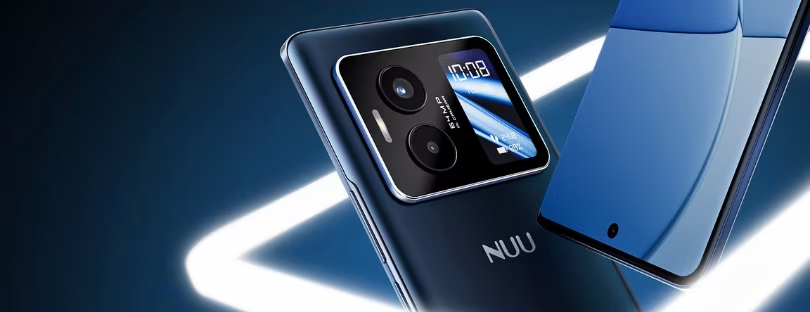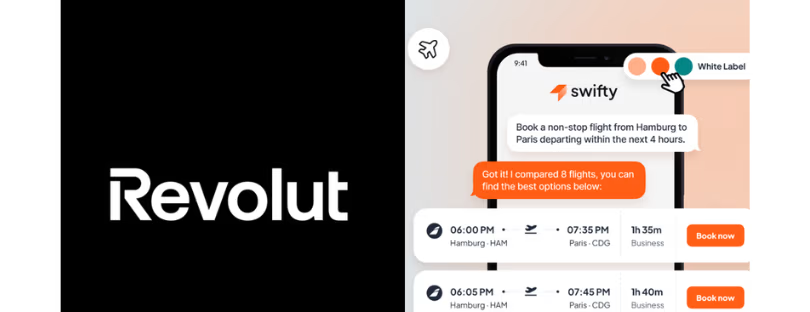
IoT Device Management Services to Reach US$36.8 Billion in Revenues by 2026
Device management services are evolving in response to greater breadth of device technologies such as edge intelligence and connectivity technologies, as well as to customer pain points like scalability and security of IoT deployments. But forward-looking suppliers are also preparing for a world where 41.3% of the connected devices will be using some form of LPWA technologies by 2026. Since IoT customers increasingly need to manage a larger fleet of connected devices, Global technology intelligence firm ABI Research forecasts that IoT device management services will top US$36.8 billion in revenues by 2026. IoT Device Management Services
Standardization is beginning to play a bigger role in device management services, as more connected devices use LPWA technologies. Standardization is best exemplified by growth in adoption of LwM2M. This standard was embraced by the telcos but is now also embraced by the module, chipset, and gateway suppliers. The flip side of standardization is that it will increase commoditization of device management services. “Implementing a common standard such as LwM2M can complicate a device management vendor’s product differentiation strategy, but standards do address customer reservations of ‘lock-in’ to a proprietary platform,” says Abdullah Haider, IoT Network and Services Research Analyst at ABI Research.
Partnerships and collaborations between device management vendors will continue to accelerate. Device management vendors can partner with system integrators (SIs) who build an end-to-end solution. Device management suppliers can also partner with other players in the value chain “Companies recognize that a strategic partnership can facilitate both sales and product support channels. Co-operating with another vendor’s device management service is beneficial for a cloud hyper-scaler selling data storage and analytics, and for a Mobile Network Operator (MNO) selling connectivity or application enablement services as IoT device management platforms integrate with these other systems,” Haider explains.
Device management vendors from large hyper-scalers, (e.g., AWS and Microsoft Azure), established incumbent players (e.g., Eurotech, Telit, and Sierra Wireless), MNOs (e.g., Vodafone, Verizon, and Deutsche Telekom) and startups (e.g., EdgeIQ, Memfault, and 1nce) are all looking to disrupt the IoT device management ecosystem. “One key insight is that while competition breeds commoditization, companies are still keen to differentiate their device management services. Often this entails providing security services like device attestation, and mutual authentication while other players are considering remote hardware configurability in application segments like asset tracking, telematics, and condition-based monitoring. In general, more and more suppliers are adding device management services to differentiate their IoT solution suite and capture more IoT solution revenues,” Haider concludes.
These findings are from ABI Research’s IoT Device Management: Evolution of Technologies and Supplier Trends application analysis report.









